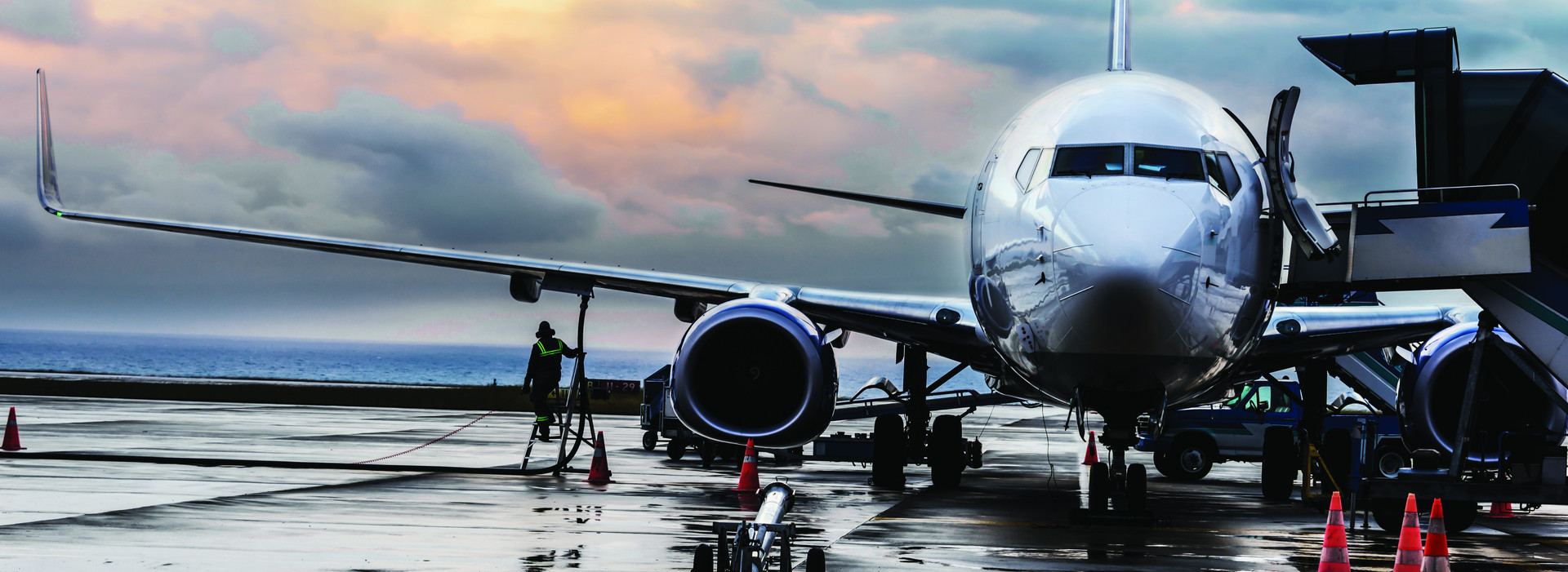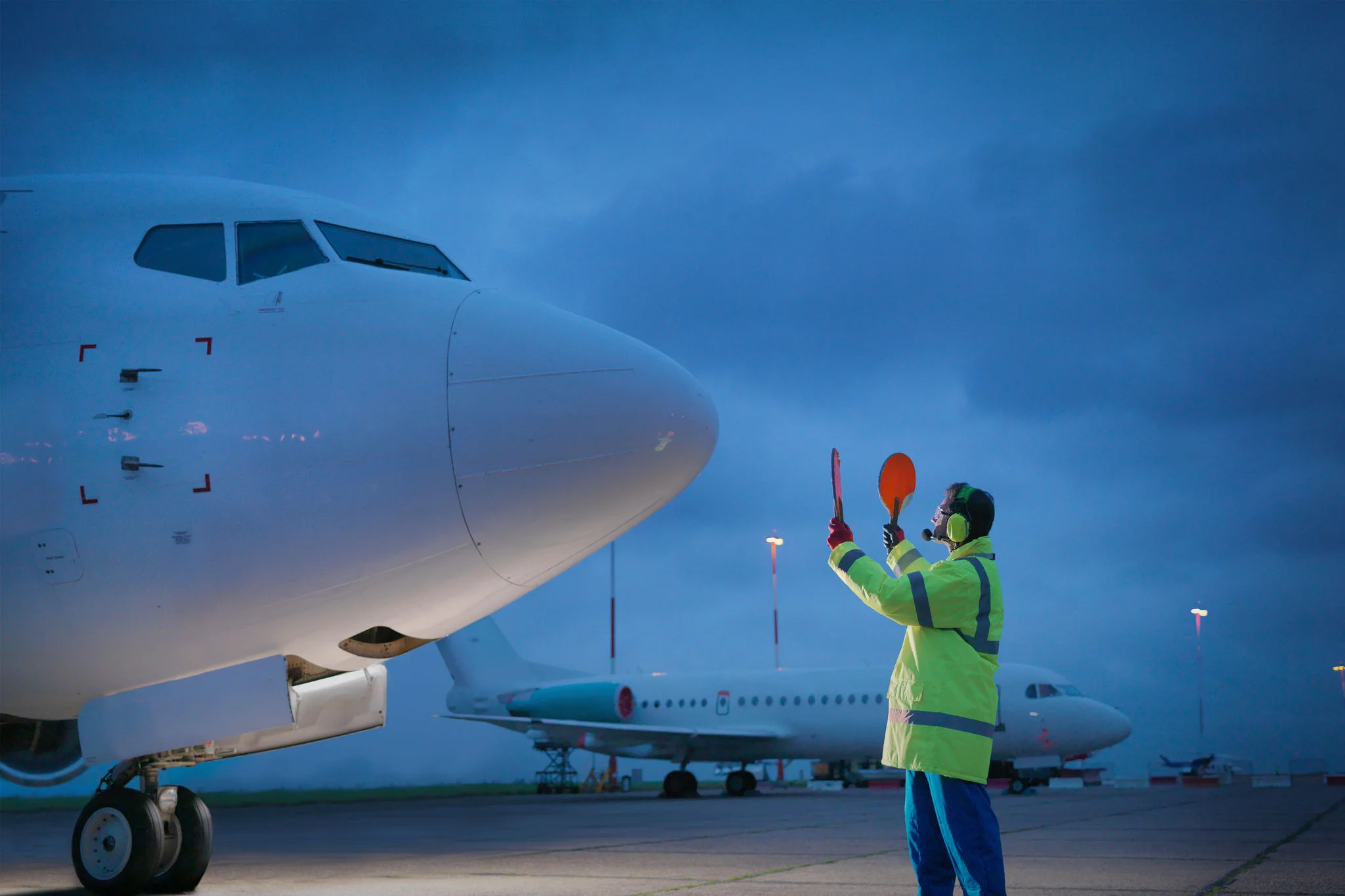The aviation industry plays a pivotal role in facilitating global connectivity, economic growth, and social development. As a complex and highly regulated sector, the aviation industry relies heavily on government intervention, oversight, and support to ensure safety, security, and efficiency. Governments around the world play a multifaceted role in the development and support of the aviation industry, providing regulatory frameworks, infrastructure investment, financial incentives, and policy guidance to promote growth and sustainability. In this article, we examine the various roles that governments play in supporting the aviation industry and the importance of government-industry collaboration in achieving common goals.
Regulatory Frameworks and Safety Oversight:
One of the primary roles of government in the aviation industry is the establishment and enforcement of regulatory frameworks and safety standards to ensure the highest levels of safety and security for air travelers and aviation stakeholders. Government regulatory agencies, such as the Federal Aviation Administration (FAA) in the United States and the European Union Aviation Safety Agency (EASA) in Europe, are responsible for setting and enforcing standards for aircraft design, maintenance, operations, and air traffic management.
These regulatory frameworks cover a wide range of areas, including aircraft certification, pilot training and licensing, air traffic control procedures, airport security, and environmental protection. Governments work closely with industry stakeholders, international organizations, and regulatory bodies such as the International Civil Aviation Organization (ICAO) to develop and harmonize safety regulations and standards on a global scale. By ensuring compliance with established safety standards, governments play a crucial role in maintaining the integrity and trustworthiness of the aviation system.

Infrastructure Investment and Development:
Another key role of government in supporting the aviation industry is the investment in, and development of, aviation infrastructure, including airports, air traffic control systems, and navigation facilities. Governments are responsible for planning, funding, and overseeing the construction, expansion, and modernization of airport facilities to accommodate growing passenger and cargo volumes and improve the efficiency of air transportation.
Infrastructure investment includes the construction of new airports, terminal expansions, runway extensions, and the deployment of advanced air navigation technologies such as satellite-based navigation systems, radar systems, and communication networks. Governments also provide financial support for research and development initiatives aimed at advancing aviation technology, improving safety, and enhancing operational efficiency.
Moreover, governments often provide financial incentives and tax breaks to attract private investment in aviation infrastructure projects and promote economic development in regions served by airports. Public-private partnerships (PPPs) are increasingly common in the financing and management of airport infrastructure projects, leveraging private sector expertise and resources to deliver cost-effective solutions and maximize the benefits of infrastructure investment.
Policy Guidance and Economic Regulation:
In addition to regulatory oversight and infrastructure investment, governments provide policy guidance and economic regulation to ensure the stability, competitiveness, and sustainability of the aviation industry. Government policies and regulations cover a wide range of areas, including air transport liberalization, market access, competition policy, consumer protection, and environmental regulation.
Governments play a central role in negotiating bilateral and multilateral air services agreements to facilitate international air travel and promote open skies policies that encourage competition and market access. Economic regulation of the aviation industry includes setting airfares, route networks, and service standards to protect consumers, prevent monopolistic behavior, and ensure fair competition among airlines.
Furthermore, governments implement environmental regulations and emissions reduction targets to mitigate the environmental impact of air travel, promote sustainable aviation practices, and address climate change concerns. This includes measures to reduce aircraft noise, emissions trading schemes, and incentives for the adoption of alternative fuels and green technologies.
Government-Industry Collaboration:

The effective development and support of the aviation industry require close collaboration and partnership between government agencies, industry stakeholders, and regulatory bodies. Governments consult with industry representatives, trade associations, and labor unions to gather input, solicit feedback, and address industry concerns in the formulation of policies, regulations, and investment priorities.
Government-industry collaboration also extends to research and development initiatives, safety improvement programs, and capacity-building efforts aimed at enhancing the competitiveness and resilience of the aviation sector. Industry stakeholders provide expertise, resources, and technical support to government agencies in areas such as safety management, security planning, and technology innovation.
Moreover, governments engage in public outreach and communication efforts to raise awareness of aviation issues, promote air travel safety, and foster public confidence in the aviation system. By working together, governments and industry stakeholders can address common challenges, capitalize on emerging opportunities, and achieve shared goals for the advancement of the aviation industry.
In conclusion, the role of government in the development and support of the aviation industry is multifaceted and essential for ensuring the safety, security, and efficiency of air transportation. Governments provide regulatory frameworks, infrastructure investment, policy guidance, and economic regulation to promote growth and sustainability in the aviation sector. Government-industry collaboration is crucial for addressing common challenges, fostering innovation, and achieving shared objectives for the advancement of the aviation industry. By working together, governments and industry stakeholders can build a resilient, competitive, and sustainable aviation system that meets the needs of society and contributes to economic development and global connectivity.


